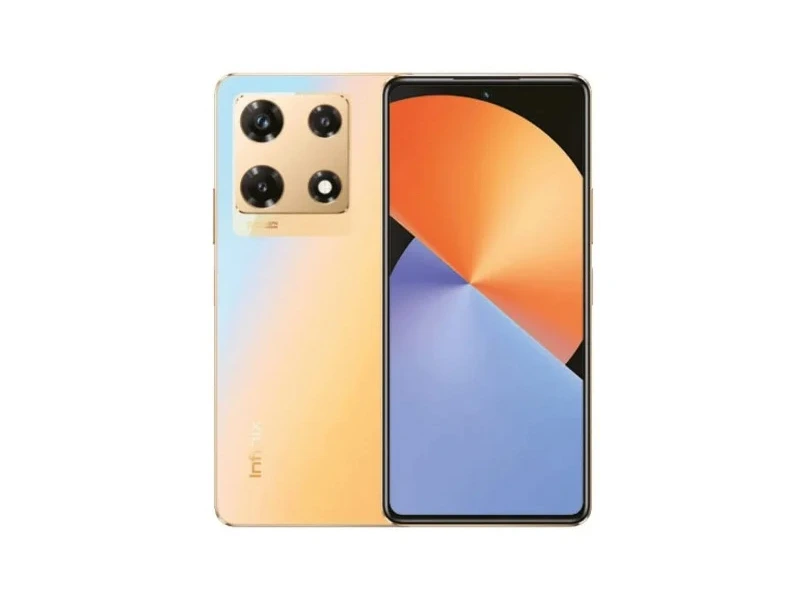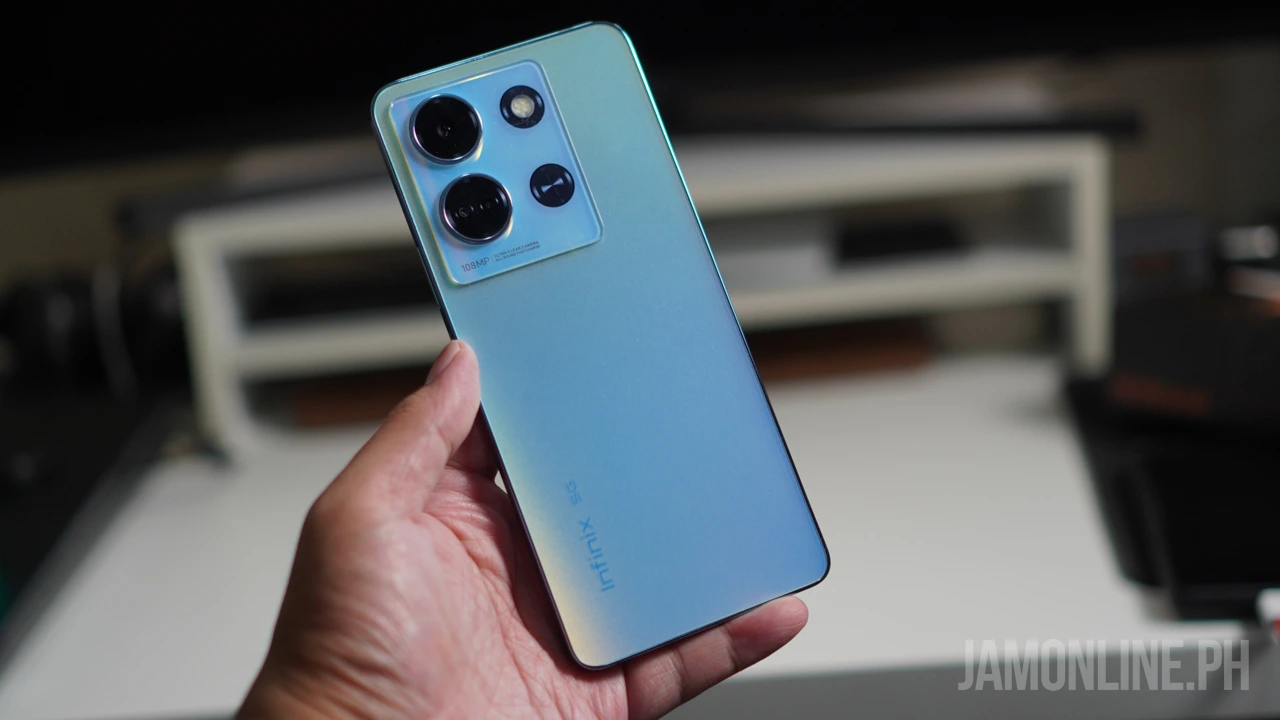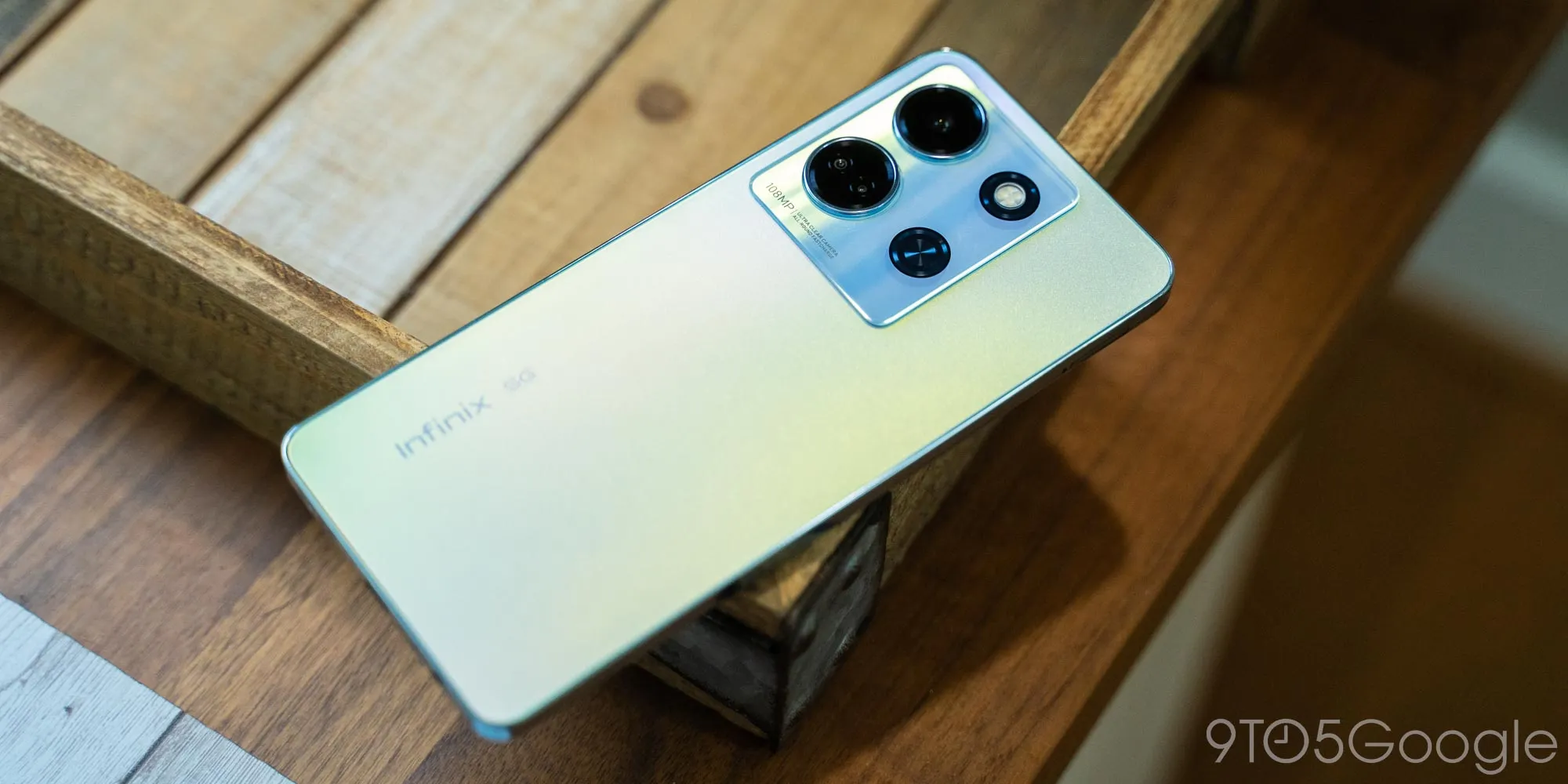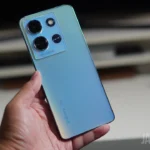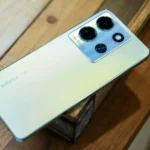The Infinix Note 30 is packed with powerful features that make it stand out in the midrange smartphone market. From its smooth 120Hz display to its massive 5000mAh battery with 45W fast charging, this phone delivers real value. Whether you’re into gaming, photography, or everyday use, it performs reliably across the board. Dive into this ultimate guide to explore everything the Note 30 has to offer.
Infinix Note 30: A Complete Review & Deep Dive
When Infinix unveiled the Infinix Note 30, it aimed to strike the balance between premium features and affordability. With a bold design, capable internals, and thoughtful extras, it tries to set itself apart in a packed midrange space. Let’s explore everything you should know before buying.
Design & Build Quality
At first glance, the Infinix Note 30 looks sleek yet understated. It measures 168.6 × 76.6 × 8.6 mm and weighs about 219 g, making it a bit hefty but stable in hand.
The front is taken up by a large flat display (more on that soon), while the back is available in either a glass look or a faux‑leather finish, depending on the color variant. The frame is made of glossy plastic, which gives it a premium sheen, though it tends to attract fingerprints.
An IP53 rating offers basic splash and dust resistance (not full waterproof), which is a nice touch at this price. The buttons feel solid, and the phone’s structure is firm, with little flex.
Display & Visuals
The Note 30 features a 6.78‑inch IPS LCD panel with 120 Hz refresh rate and 1080 × 2460 pixel resolution (about 396 ppi). The peak brightness is rated around 580 nits, which helps with usability in bright outdoor settings.
Interestingly, the software allows selecting different refresh modes (60 Hz, 90 Hz, 120 Hz). In 120 Hz mode, most apps run smoothly at 120 Hz, but the system may dynamically drop to 60 Hz when possible to conserve battery of infinix note 30.
While it’s not an OLED display, color reproduction and clarity are solid for the class. For people who prefer deeper blacks and higher contrast, it’s not ideal—but for most users who watch videos, scroll, or game, it holds up well.
Performance & Hardware
Under the hood, the Note 30 uses the MediaTek Helio G99 (6 nm) chip. This is paired with 8 GB RAM and either 128 GB or 256 GB of UFS storage. A dedicated microSD slot allows further expansion, so you won’t have to sacrifice SIM slots for storage. The Helio G99 handles daily tasks well—apps, browsing, social media, even light/medium gaming are manageable. It’s not a flagship-level chip, so heavy 3D gaming or extremely demanding workflows may expose its limits.
The GPU is Mali‑G57 MC2, which is serviceable though not high end.
On the software side, it ships with Android 13 plus Infinix’s XOS overlay. You’ll find certain preinstalled apps and some customization, though the experience is generally smooth.
Battery & Charging
Battery life is one of the strong suits of the Note 30. It houses a 5,000 mAh cell. In tests, it achieved an impressive endurance rating of 119 hours (a combined measure of typical usage).
Charging is via wired 45 W fast charging. The supplied charger pushes the phone to about 35% in 15 minutes, and 64% in 30 minutes—not quite as fast as some claims but still strong for its class. A full charge takes just under an hour.
There are also features like Bypass Charging (i.e. powering the phone without stressing the battery) and smart charge controls to improve longevity. It also supports reverse wired charging, so it can act as a power source for smaller devices.
Cameras & Imaging
The rear camera system consists of:
- 64 MP main sensor with f/1.7 aperture (wide)
- 2 MP depth sensor
- QVGA (auxiliary) lens
- Quad LED flash
(GSMArena)
The main camera performs well in good lighting, capturing sharp detail and decent color. In lower light, performance is acceptable, though noise and softness creep in. The depth sensor helps with portrait mode, giving subject-background separation, though it’s not extremely sophisticated.
Video recording from the rear camera goes up to 1440p @ 30 fps, and 1080p at 30/60 fps.
Upfront, there’s a 16 MP selfie camera (f/2.0), with LED flash for low-light support. It captures 1080p@30fps video.
The camera app offers HDR, panorama, and more standard modes. While it won’t rival flagship-level shooters, it’s a capable midranger for everyday photography.
Audio, Speakers & Connectivity
One of the standout features is the stereo speaker setup, tuned by JBL. The top earpiece doubles as a speaker with openings facing forward & upward to reduce muffle from your hand. The bottom speaker is bottom-firing, which can more easily be covered.
In terms of loudness, it scores “GOOD” in lab tests. Highs are clean, mids decent, though bass is weak. You can tweak sound using the DTS Sound settings—presets, equalizer, etc.
Connectivity features include:
- LTE (4G) — no built-in 5G on this version
- Dual SIM support
- Wi-Fi a/b/g/n/ac (dual‑band)
- Bluetooth v5.x
- NFC (region‑dependent)
- FM radio
- GPS / GLONASS / BeiDou / Galileo / NAVIC
It also features a side‑mounted fingerprint reader and basic sensors like accelerometer, gyroscope, proximity, compass.
Strengths & Limitations
What works well:
- Excellent battery life and efficient power management
- Decent fast charging (45W)
- Large, smooth 120 Hz display
- Stereo speakers (rare in this class)
- Clean design with modern aesthetics
- Dedicated microSD slot
What to watch out for / trade‑offs:
- No 5G (for this variant)
- Plastic frame and fingerprints on sides
- Modest low-light camera performance
- Bass is not strong in speaker output
- Software extras / preinstalled bloat in XOS may annoy some users
Also, some users have reported connectivity issues (especially network / SIM problems) in online forums—these may depend on firmware, region, carrier, or batch.
Price & Verdict
In Pakistan, the Infinix Note 30 (256 GB variant) is priced around PKR 49,999 (subject to change).
For its price bracket, it delivers a lot: strong battery, smooth display, stereo sound, and a capable camera setup. If you don’t require 5G or extreme performance, it offers excellent value. For users who want more premium features (more refined build, more powerful chip, better cameras), looking a bit higher in budget or waiting for newer releases may be worth it.
If you want, I can also write a comparison between Infinix Note 30 and its main rivals (e.g. Redmi, Realme) so you can decide better. Do you want me to prepare that?

